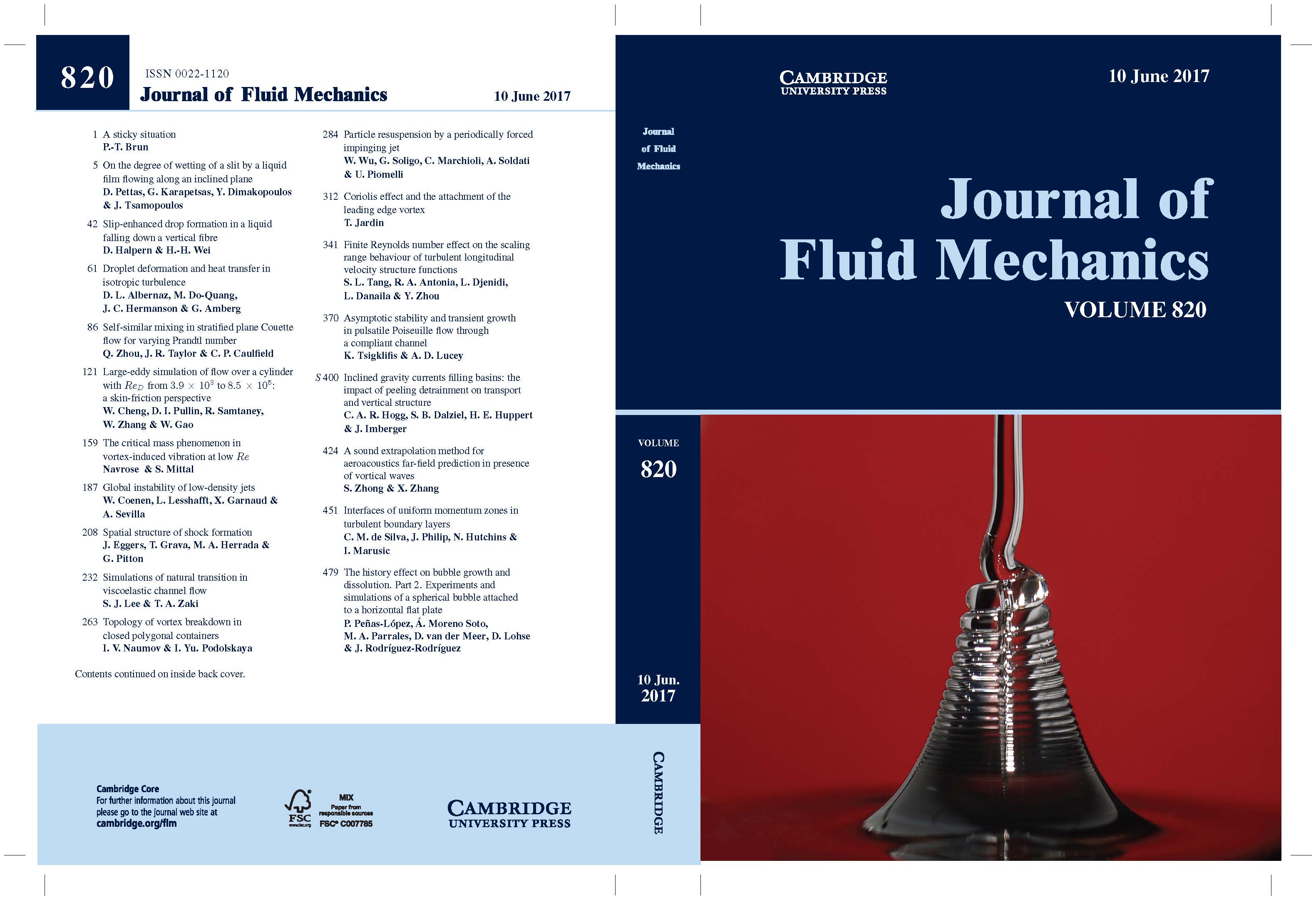What I Did as a Research Assistant
A Bayesian computational model to explain rodent sound localization
Using just the ITD cue and the head rotation, an ambiguous spatial map is developed. The important part of the simulation is the integration of the evidence over time. So it is fundamentally a Bayesian network. The critical computational question is how the brain implements that Bayesian update. Is the allocentric coordinate system maintained in the dorsal cortex? Is it where predictions about the new egocentric world occur? Is the dorsal cortex fed back to the auditory cortex? A task of mine is to do simulations about the Bayesian updating network to predict how the dorsal and auditory cortex are interacting during the task of the head rotation. Later on, we can proceed to the robotic domain. The problem of the spatial hearing is still a challenge. The final goal might be to develop a brain-inspired auditory localization system and implementing on the iCup.
Noise in gene expression: Understanding the translational bursting mechanism
In bottom-up design approaches in synthetic biology, predictable expression of each component of a synthetic circuit or network is highly important. Toward achieving this goal, synthetic biologists have developed cis and trans-regulatory motifs in different steps of gene expression process. Nevertheless, designing highly reliable and robust regulatory motifs have stayed a challenge and under intense studies. The main contributor to this challenge is the stochasticity of the gene expression. Although natural circuits/networks in cells evolutionarily adapted to work in this noisy environment, synthetic circuits/networks are suffering due to our insufficient knowledge about the effect of mRNA/gene features on noise. In this work, my goal is to characterize noise generation in translation initiation phase, in particular, the mechanisms in this phase that causes bursty expression, on the molecular level. To this end, we design a library of RNA cis-motifs in the 5’ UTR region of both bacterial and eukaryotic cells to achieve gene expression with a predictable noise level. Characterizing noise at the molecular level will help us to not only reduce noise in gene expression but also to generate noisy expression in desired levels. Even though noise is destructive and an unwanted by-product especially in synthetic systems, e.g., when trying to maintain homeostasis in a protein level, it owns functional roles in several cellular situations. Therefore, having a library with predictable noise is of high interest to synthetic biologists.
Experimentally Studying RNA degradation process by an endonuclease (RNase E):
I did this project for my independent study project in Summar 2017. The goal was to understand the mechanisms behind the cleavage process by RNase E.
Theoretical modelling of the transcription process in gene expression:
I did this work as my master’s project at the University of Lethbridge under the supervision of Dr. Marc R Roussel. The goal was developing a kinetic model for the transcription process.
-
Hosseini, S. H. (2017) Analytic solutions for stochastic models of transcription (Msc thesis, University of Lethbridge (Canada)).
-
Hosseini, S. H., Roussel, Marc R. (2018) Fixed and distributed delays from a family of gene transcription models, Submitted to PRE Journal
Buckling of Newtonian viscous jets:
I did this work as my master’s project at IASBS in IRAN under the supervision of Dr. Mehdi Habibi. It was focused on Newtonian fluid dynamics, especially viscous jets impacting a plate. While the coiling of a thin stream of honey could be the most familiar example, the understanding of buckling of fluid jets has extensive applications. These extend from the buckling of the subducted lithosphere at a geophysical scale to the micro-scale folding of viscous threads in diverging microchannels. This phenomenon has received a considerable level of attention over the past six decades, both from the experimental and theoretical point of view.Figure 1: All states of a viscous jet impacting a plate: a) Stagnation flow, b) Folding, c) Steady coiling, d) periodic collapse, e) Supercoiling. Below: bubble patterns on the plate formed by the supercoiling in different axial rotation frequencies. In the right figure, the axial rotation frequency is nearly zero.
- Hosseini, H., Farnudi, A., Khatami, M. H., & Habibi, M. (2016). Bubble generation in liquid rope coiling. RSC Advances, 6(107), 105469-105475.
- Habibi, M., Hosseini, S. H., Khatami, M. H., & Ribe, N. M. (2014). Liquid supercoiling. Physics of Fluids, 26(2), 024101.
A picture from our work got to the cover of JFM!


